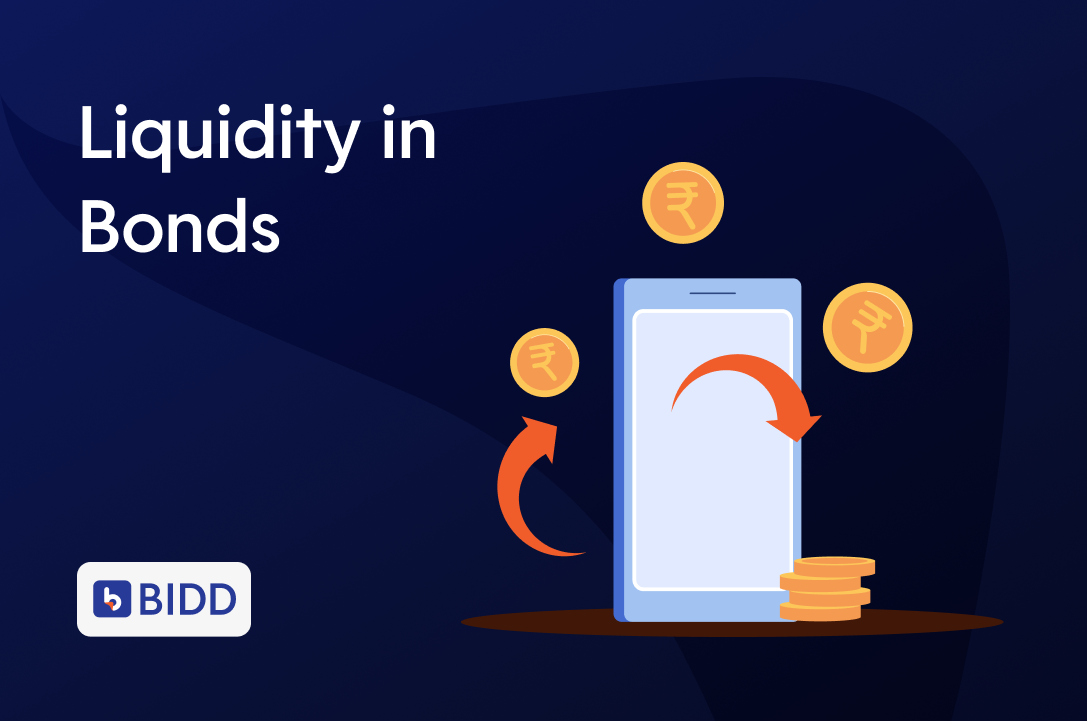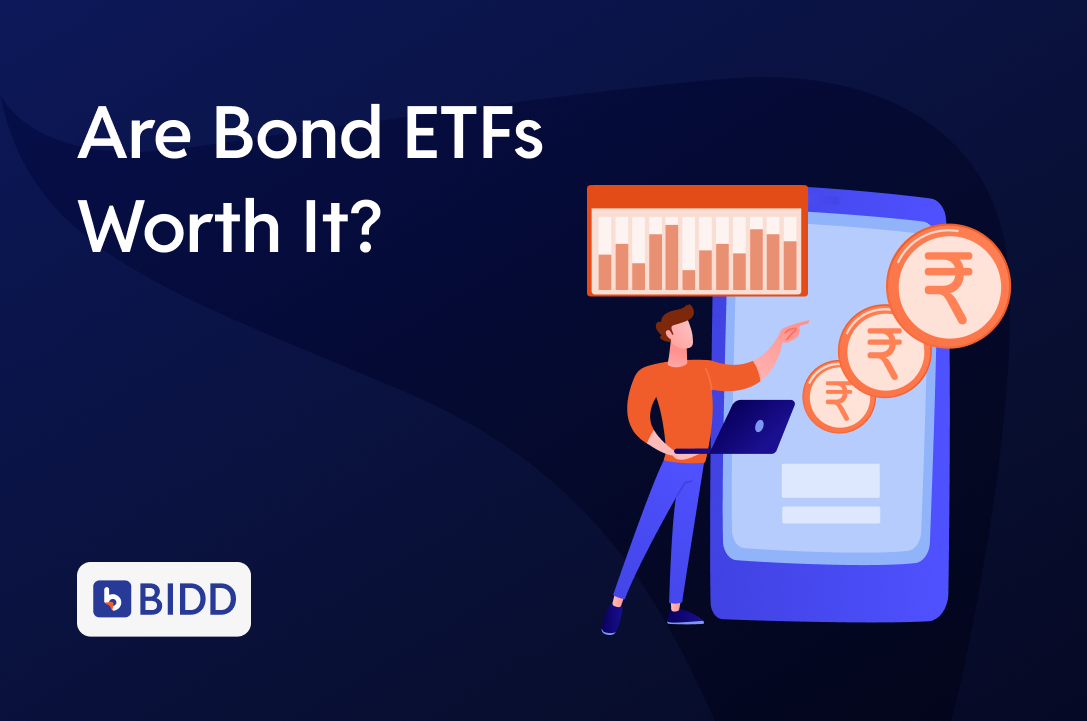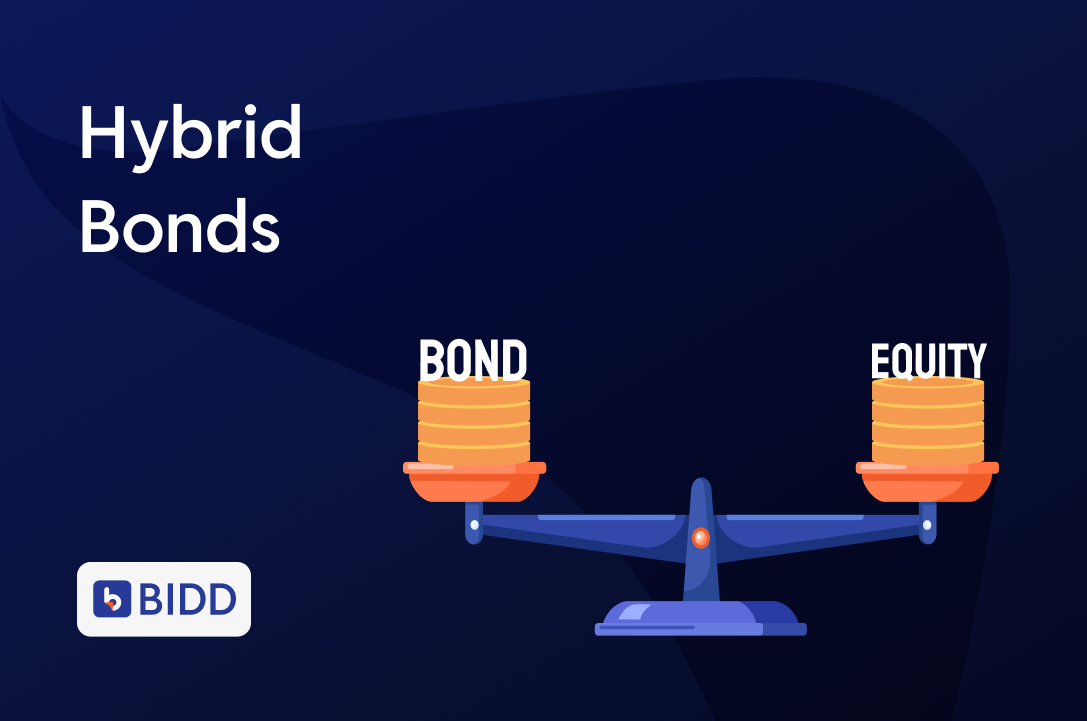What Liquidity Really Means in the Bond World
Let’s Start with a Quick Question
You invest in a bond today.
The return looks great. All is well.
But a few months later, you need cash.
You try to sell the bond… and nothing happens.
No buyers. No activity. No liquidity.
Wait — aren’t bonds supposed to be flexible?
Let’s clear the confusion.
What Is Liquidity, Really?
Liquidity means how quickly and easily you can sell an investment without incurring a large loss in price.
- In stocks: Highly liquid — click “sell,” and you’re done in seconds.
- In bonds: Liquidity depends on the type.
Liquidity in Bonds: Not All Are Equal
Some bonds are like bottled water — easy to buy, easy to sell.
Others are more like a thick milkshake — they don’t move as fast.
Here’s how to differentiate:
Highly Liquid Bonds
- Government securities (G-Secs)
- PSU bonds
- Listed bonds with regular trading activity
- Issues held by mutual funds or institutional investors
These trade frequently, so exiting is relatively smooth.
Low Liquidity Bonds
These may offer attractive returns — but exiting early can be difficult or costly.
Why Liquidity Matters
Let’s say you invest in a bond that matures in 3 years.
But after 1 year, you need your money.
If the bond is liquid:
- You can sell it quickly
- The price stays close to fair market value
If it’s illiquid:
- You may struggle to find a buyer
- You may need to sell at a discount, losing part of your investment
Real-Life Comparison
Bond A:
- Coupon: 10%
- Listed on exchange
- Issued by a reputable NBFC
- Trades frequently
You can sell it without much hassle
Bond B:
- Coupon: 12%
- Unlisted
- Promoter lacks visibility
- No secondary market trades
Higher yield — but you could get stuck if you need to exit early
But Why Are Some Bonds Illiquid?
- Small issue sizes
- Not listed on a stock exchange
- Limited investor base
- Low market awareness or trust in issuer
It’s not necessarily a reflection of “good vs. bad” — just how active the market is for that bond.
How to Check Bond Liquidity Before You Buy
Before investing, ask:
- Is the bond listed on a recognised exchange?
- Does it trade regularly? (Check recent transaction volumes)
- Is there a visible buy/sell option on the platform (like Bidd)?
- Who else is holding the bond?
Bonus Tip: Ask your advisor or platform representative. They often know which bonds are liquid in the current market.
Why You Should Care
Because life doesn’t always go as planned.
Even if you intend to hold till maturity, you might:
- Face an emergency
- Spot better opportunities elsewhere
- Want to book profits early when yields drop
In all these situations, liquidity gives you options.
Quick Recap: Liquidity in Bonds
| Liquidity Level | What It Means |
| High | Easy to sell, minimal price impact |
| Medium | May take time, slight discount |
| Low | Hard to exit, possible capital loss |
lossFinal Thoughts
Returns are important.
Security is critical.
But liquidity is the quiet enabler that often gets overlooked.
Before you “buy now,” always ask:
- Can I sell this later?
- How easily? At what price?
- Will I have to take a loss?
Because in bonds, it’s not just about what you earn —
It’s also about how easily you can exit.
Smart investors always check liquidity before they commit.
Be that investor.




